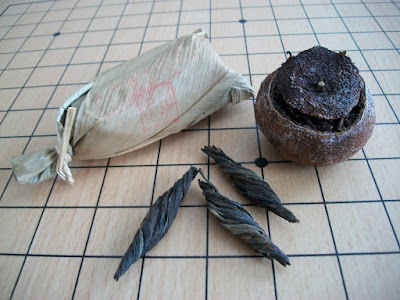New year, new resolutions! And I’m pretty certain that for most of you out there one of those has something to do with your health. Not only is tea the second most popular beverage on the planet after water, but it’s also one of the healthiest. Studies suggest tea can help with everything from boosting immunity, losing weight, fighting off wrinkles, aiding digestion and even protecting you against some forms of cancer. Well, if you’re drinking loose leaf tea that is.
There’s many reasons why you should cut loose from the bag in 2011. Here’s a quick snapshot of why loose leaf tea is so much better for you:
Loose leaf tea has more nutrients – tea bags contain fannings or ‘dust’. These small particles contain very little of the nutrients and health benefits found in loose leaf tea. Loose leaf tea contains actual leaves which when steeped, release much more good stuff into your cup. Just think about it – would you prefer a whole vegetable or just some ground-up, processed bits?
Loose leaf tea has more flavour – the ‘dust’ found in tea bags tends to be quite bitter (think about all that milk you normally add to it!) and has very little of the flavour that a more preserved piece of tea leaf has. When tea leaves are steeped and allowed to unfurl in hot water, they release an amazing variety of flavours – everything from sweet floral to rich, buttery notes.
Loose leaf tea is less processed- a lot of processing goes into creating just one tea bag, meaning you’re paying for the packaging not the product. Tea bags may also contain chemicals. But loose leaf tea is freshly picked and doesn’t create the same type of waste as bagged tea.
Loose leaf tea is way more fun!- bagged teas contain very little flavour, and very little chance of you changing that flavour to something you enjoy more! Loose leaf teas allow you to mix and match with healthy herbs, chocolate cacao or even spices to create a flavour that’s just right for you.




















